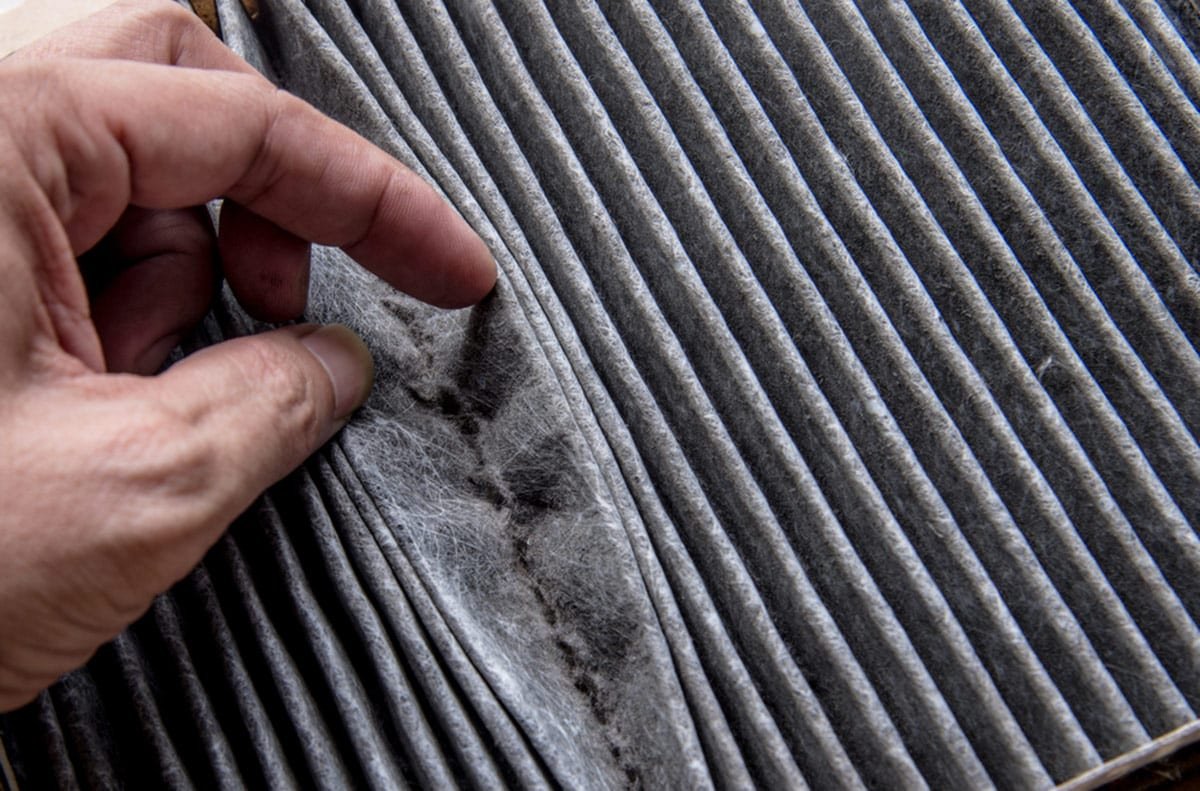Gas furnaces are standard in the Greater Toronto Area due to their long lifespan, high efficiency, and low operational costs. Suppose you’re interested in learning more about gas furnaces. In that case, this article focuses on how gas furnaces work and the benefits they bring to homes in Vaughan, Ontario.
Gas and electricity are the most common energy sources in the Greater Toronto Area, while oil is less prevalent.
All furnaces work on the principle of “forced-air heating” regardless of the fuel they use. We call them forced-air furnaces because they direct heated air into different rooms with a blower.
A furnace is an extensive heating system that distributes heat evenly throughout a home. Furnaces accomplish this by burning fuel internally to warm air, water or steam, then directing this warmth into various parts of a building to maintain a comfortable indoor temperature.
 A Standard Home Furnace Setup
A Standard Home Furnace Setup
Most homes have a furnace and a thermostat. The thermostat measures the temperature of the ambient air surrounding it. When it reads an air temperature lower than the programmed setting, it signals the furnace to turn on.
Once it receives the signal from the thermostat, the furnace sucks in air through the “cold air returns,” heats the air, and then circulates the warm air throughout your home via the duct system.
The Basics Behind How Your Furnace Works
You set your thermostat to 21°C. The thermostat controls the temperature of a room. When the temperature drops below your specified amount, the thermostat signals the furnace to start up.
When a modern furnace starts up, a few things occur:
- The furnace receives the signal from the thermostat.
- The fuel valve opens and sends gas to the burners.
- The pilot light ignites to light the fuel mixture.
- The Heat exchanger draws in hot combustion gases. The hot combustion gases enter the heat exchanger’s chamber, where they heat the metal walls.
- The return air ducts draw cold air from within the home to blow along the outside of the heat exchanger.
- Both the combustion air and circulating air moves through the furnace but do not mix.
- The flue pipe removes dangerous combustion air.
- The blower motor spins a fan that blows the warm, breathable air throughout your home’s ventilation system.
- Once the room temperature reaches the desired temperature, the thermostat switches off the gas valve to prevent the flow of warm air.
Gas Furnaces Components
You now understand how gas furnaces work. Let’s see how the different gas furnace components work to ensure heated air distribution to enhance this understanding.
Burners
The furnace burner draws in a fuel mixture (gas and air) and burns it to create heat.
Control board
A furnace control board is essentially the computer, or the brain, in a furnace. It operates the essential functions in the correct sequence that they are supposed to happen. It controls everything from turning on the gas to shutting down the fan after your home has reached the desired temperature.
Thermostat
The thermostat is an electronic device that controls the indoor temperature. Thus, it regulates the heating cycle of your furnace according to your desired settings.
Blower fan
The blower fan is an electric motor and fan, which blows the heated air from the furnace throughout the rooms of your home.
Flame detector
A flame sensor is a crucial safety component on your gas furnace. During the ignition pattern, your gas furnace undergoes a process where either a spark or a hot surface igniter will ignite the gas. As the gas ignites, the flame sensor generates a current of electricity.
Igniter
The furnace igniter replaces the open flame of the pilot light in modern furnaces. Without the ignitor, your heater won’t blow hot air. When the thermostat kicks on to start the furnace, the ignitor creates a spark that “ignites” the gas connected to your heater.
Heat exchanger
The furnace generates heat by combusting fuel in a sealed chamber. The heat exchanger separates the combustion chamber and the blower. As the combustion chamber heats the exchanger, the return air ducts blow air across the hot surface of the heat exchanger, rapidly heating the breathable air.

Air filters
This is a membrane present in the furnace that keeps debris and dust from contaminating the heated air.
Plenums
In terms of how to do gas furnaces work, the plenums present ensures that the heated air is distributed to the air ducts. The return-air plenums tend to transport air from your rooms back to your furnace for heating purposes.
Gas valve
this furnace component regulated the gas pressure in your furnace from a tank in case you are using the LPG furnace or the gas supply pipes.
Transformer
This furnace component ensures that electricity is supplied to your furnace and also ensures that the required and correct voltage is achieved.
Furnace Safety and Maintenance
As with all combustion-based home heating appliances, gas furnaces require some regular maintenance and safety precautions. To avoid furnace problems, observe the following:
- Keep all flammable items well away from the furnace.
- Schedule regular cleaning and maintenance calls with a certified technician.
- Change the air filter often. During regular use, swap it out at least every three months.
- Outfit your home with at least one carbon monoxide (CO) detector. Test it regularly.
- Keep furnace registers (louvered openings in walls or floors where warm air from the furnace enters the home) clean and clear of obstruction, and don’t lose too many at once. Keep at least two-thirds of them open at all times to avoid excessive heat buildup in the furnace.

 A Standard Home Furnace Setup
A Standard Home Furnace Setup






